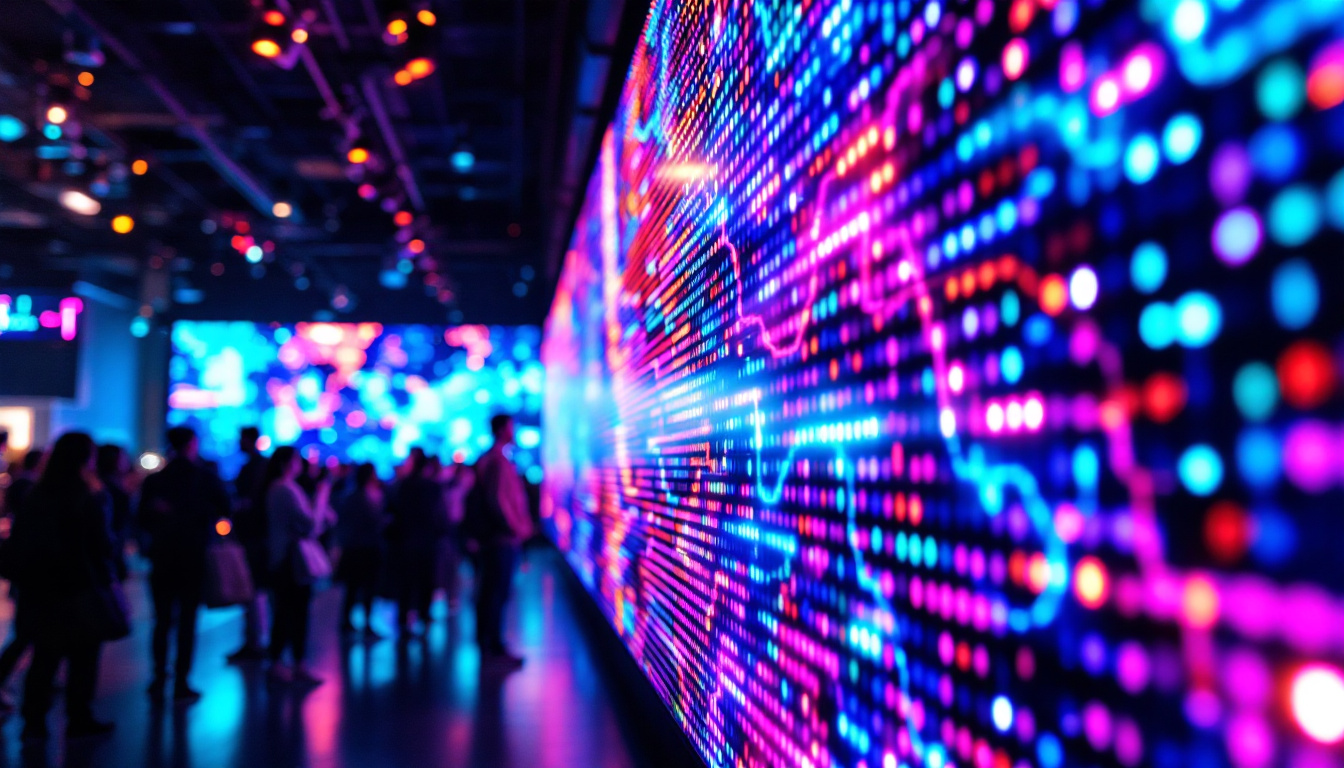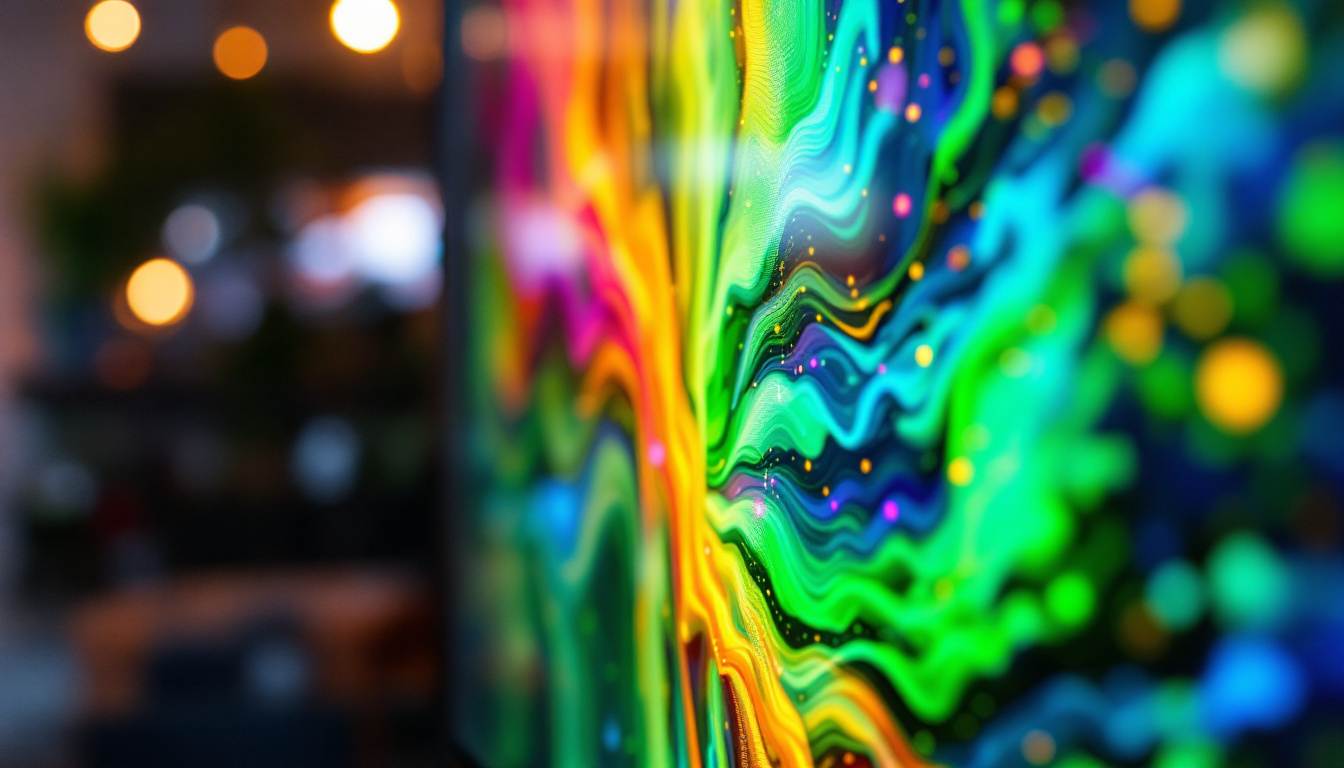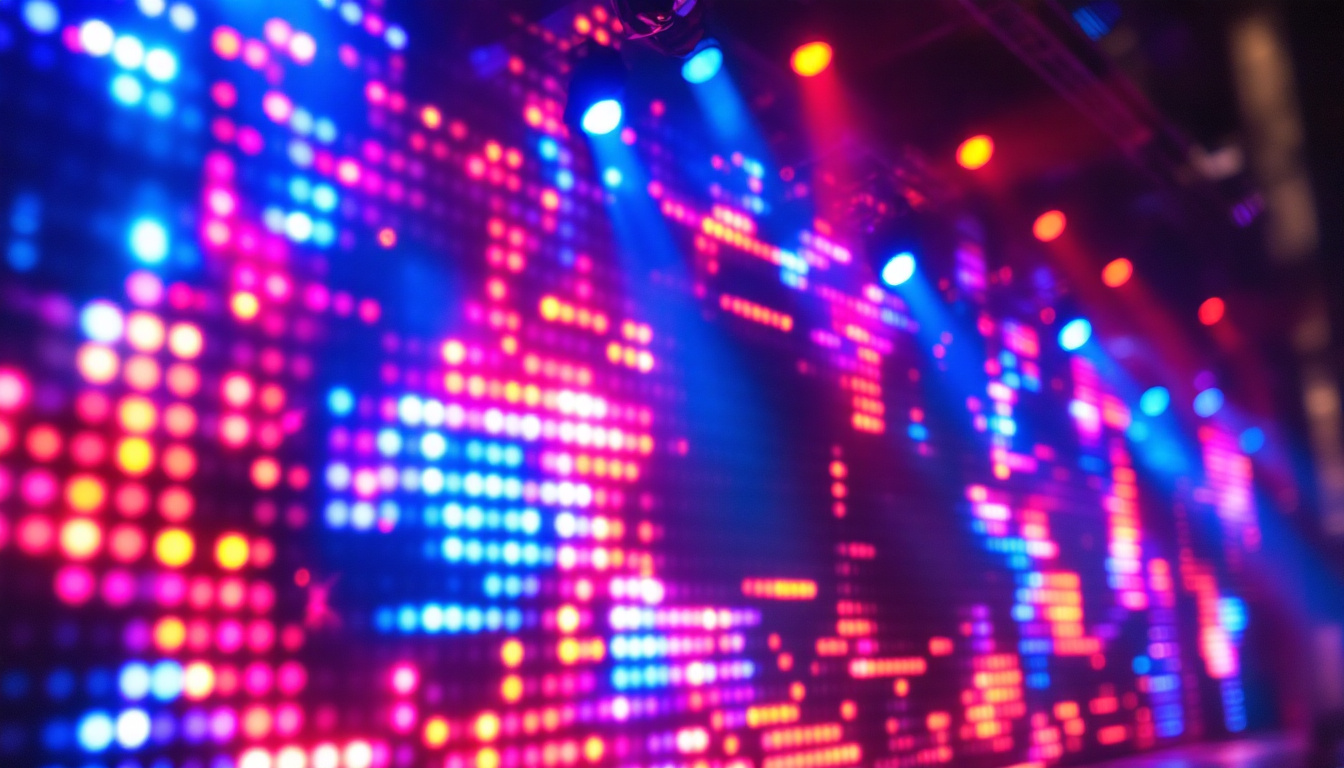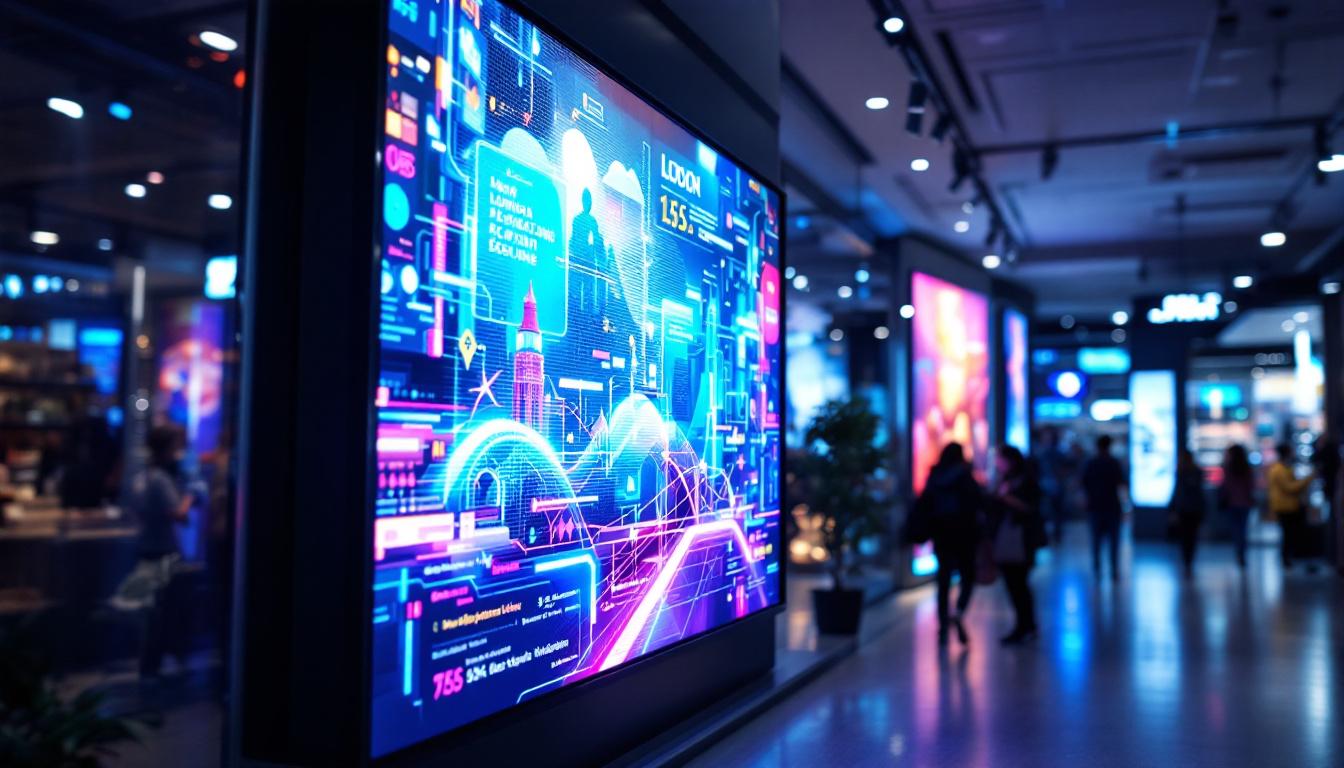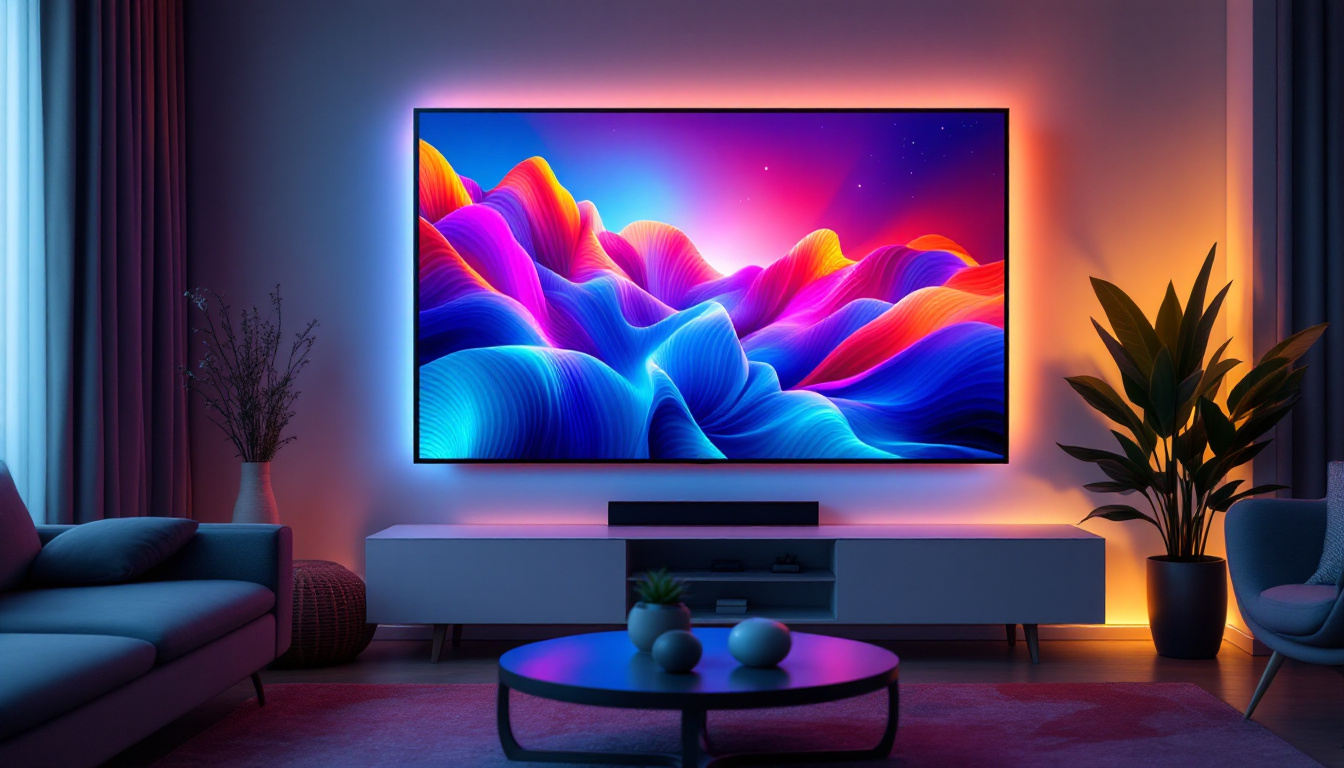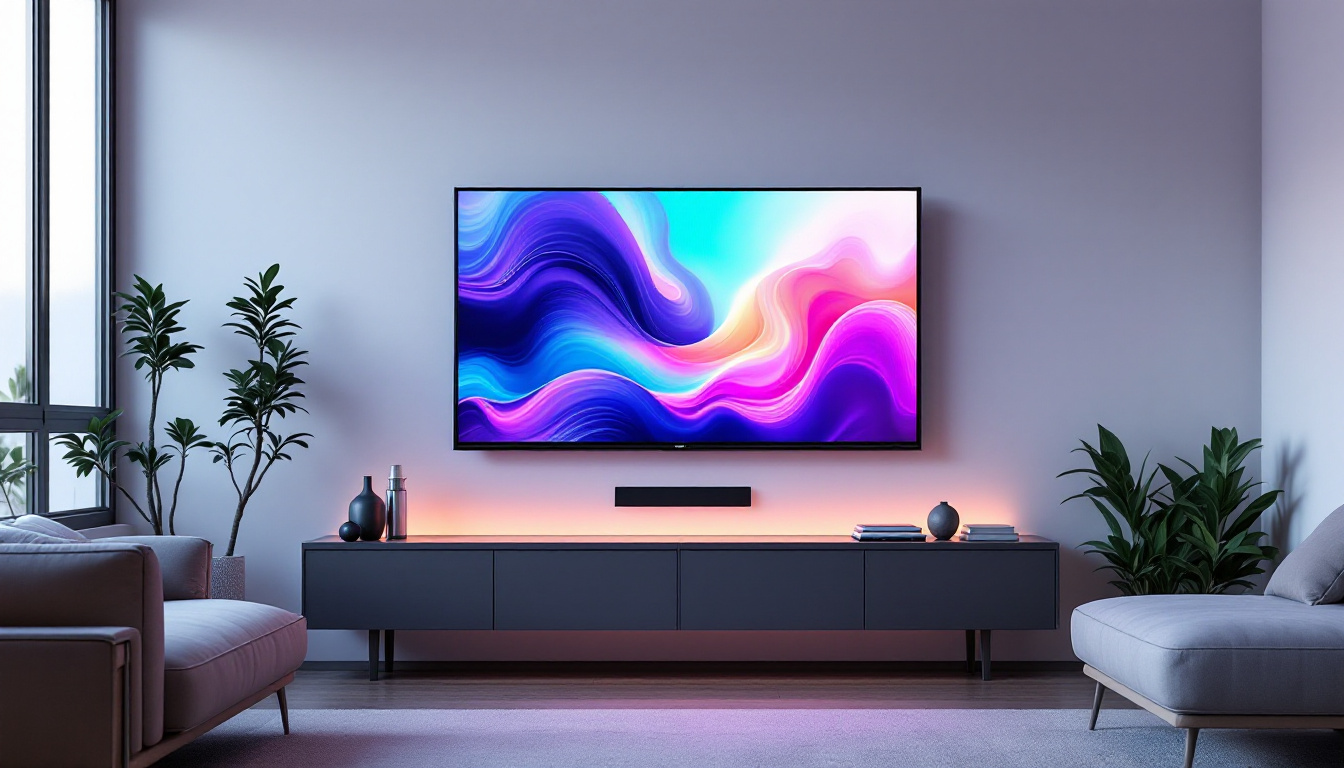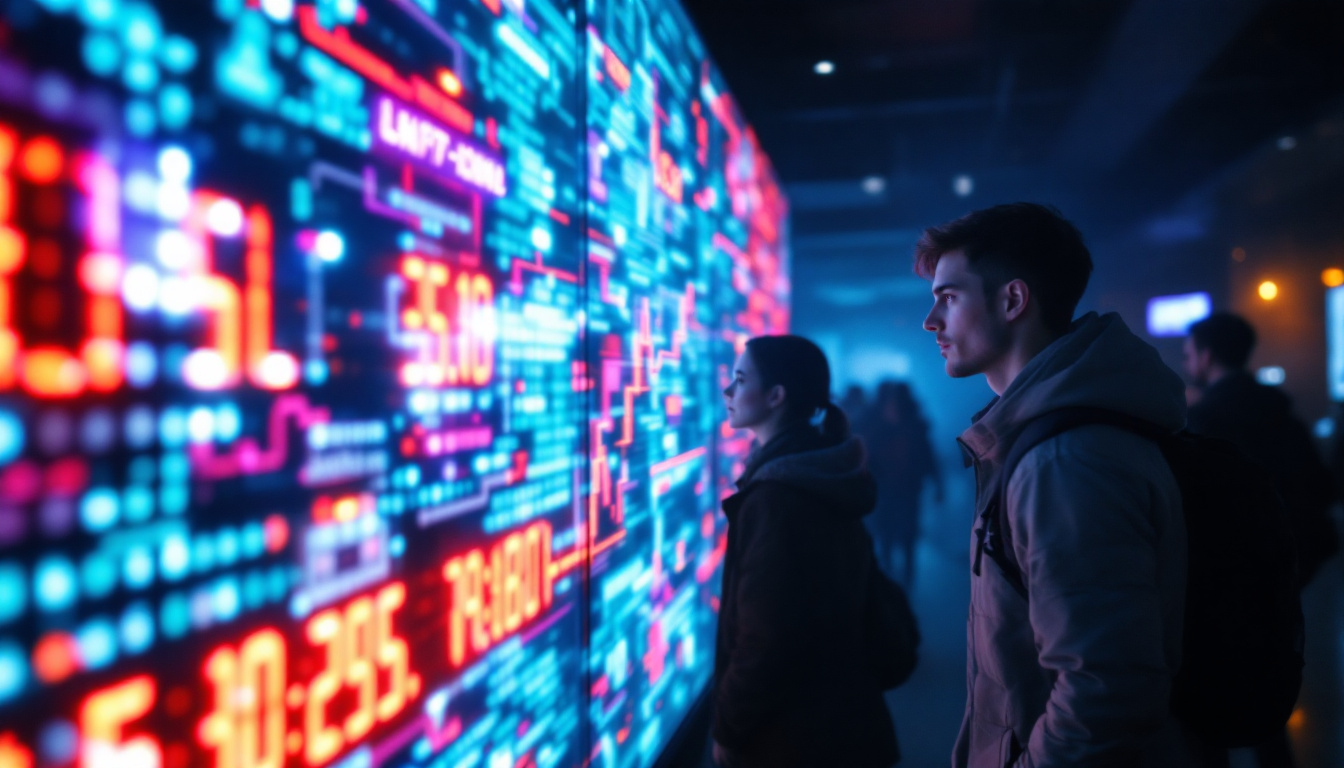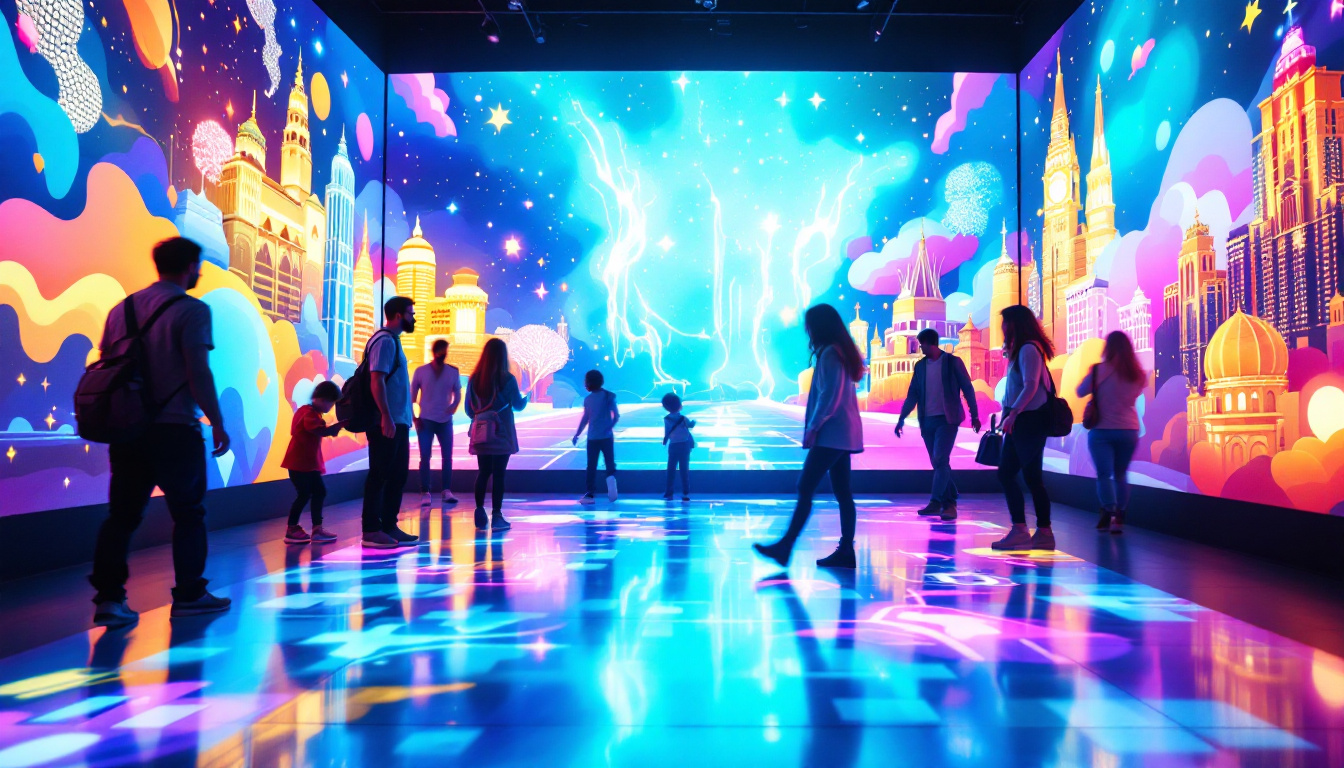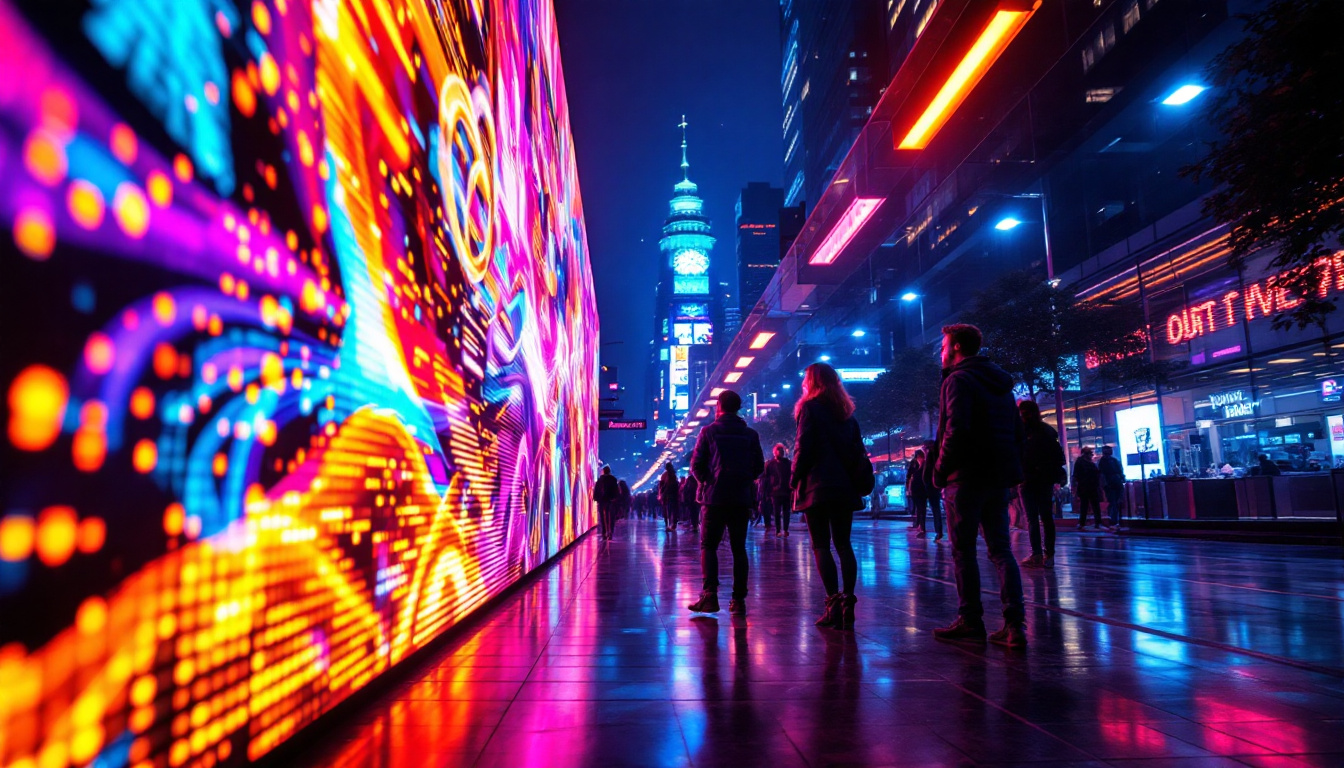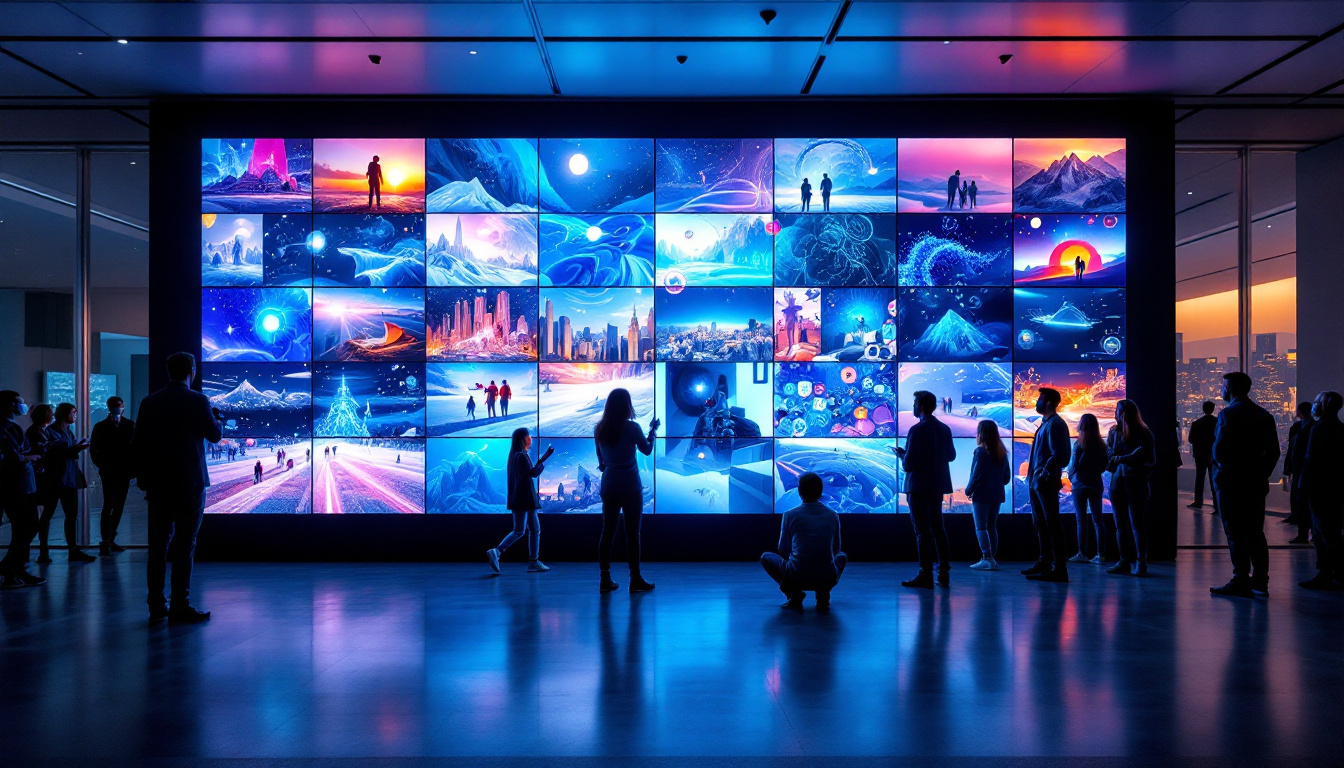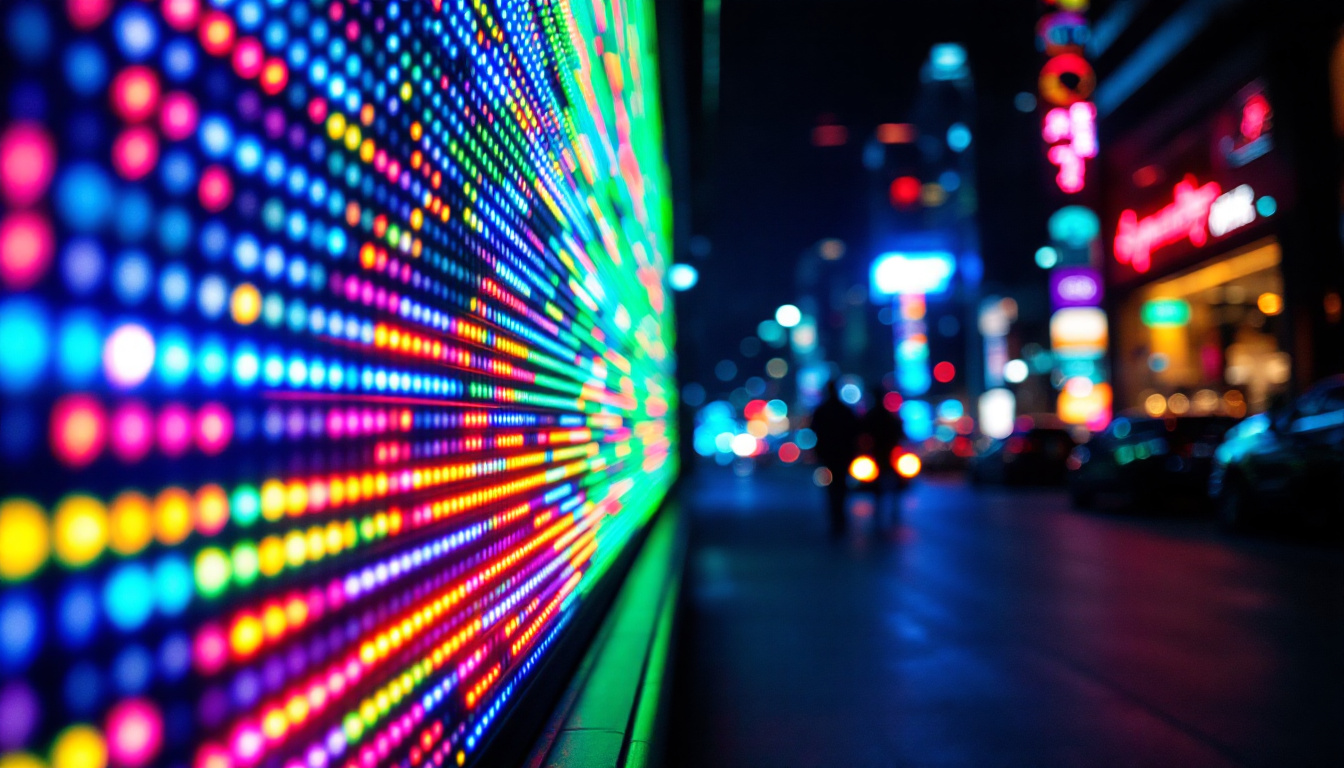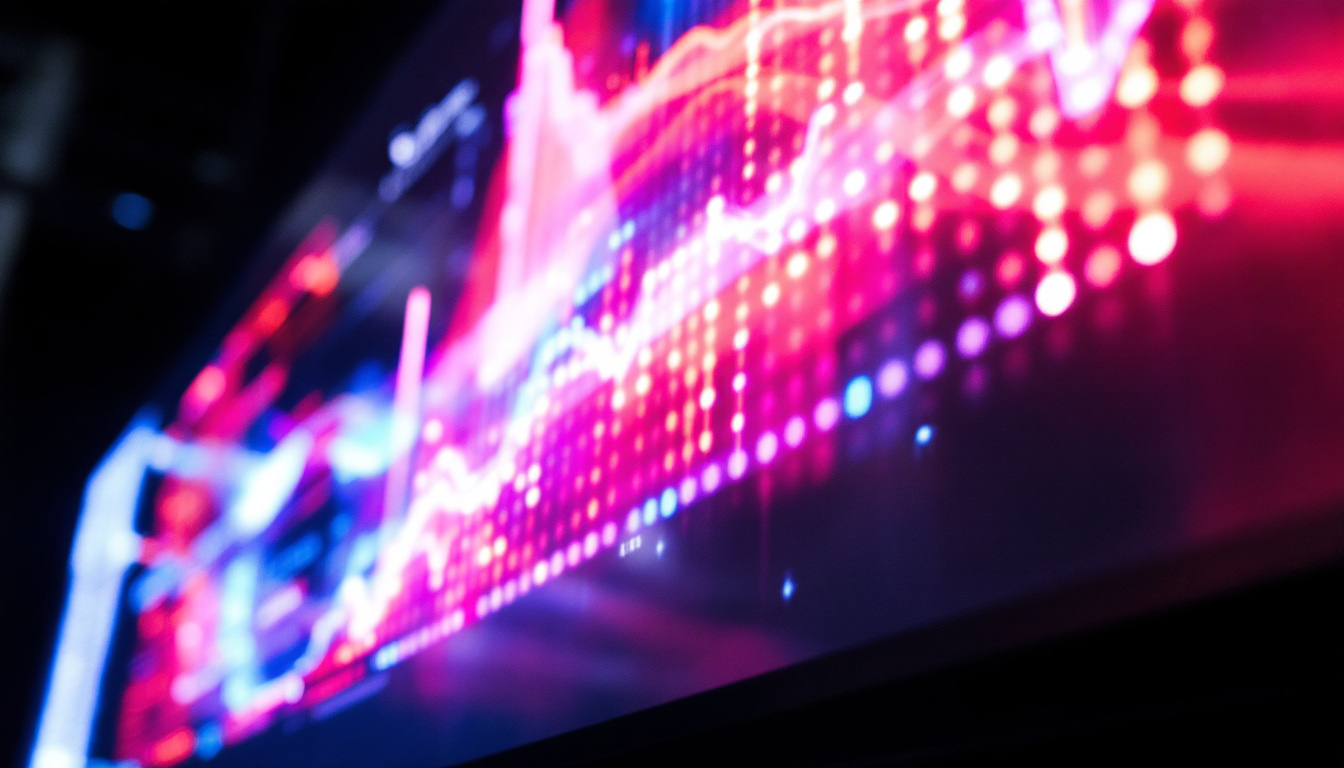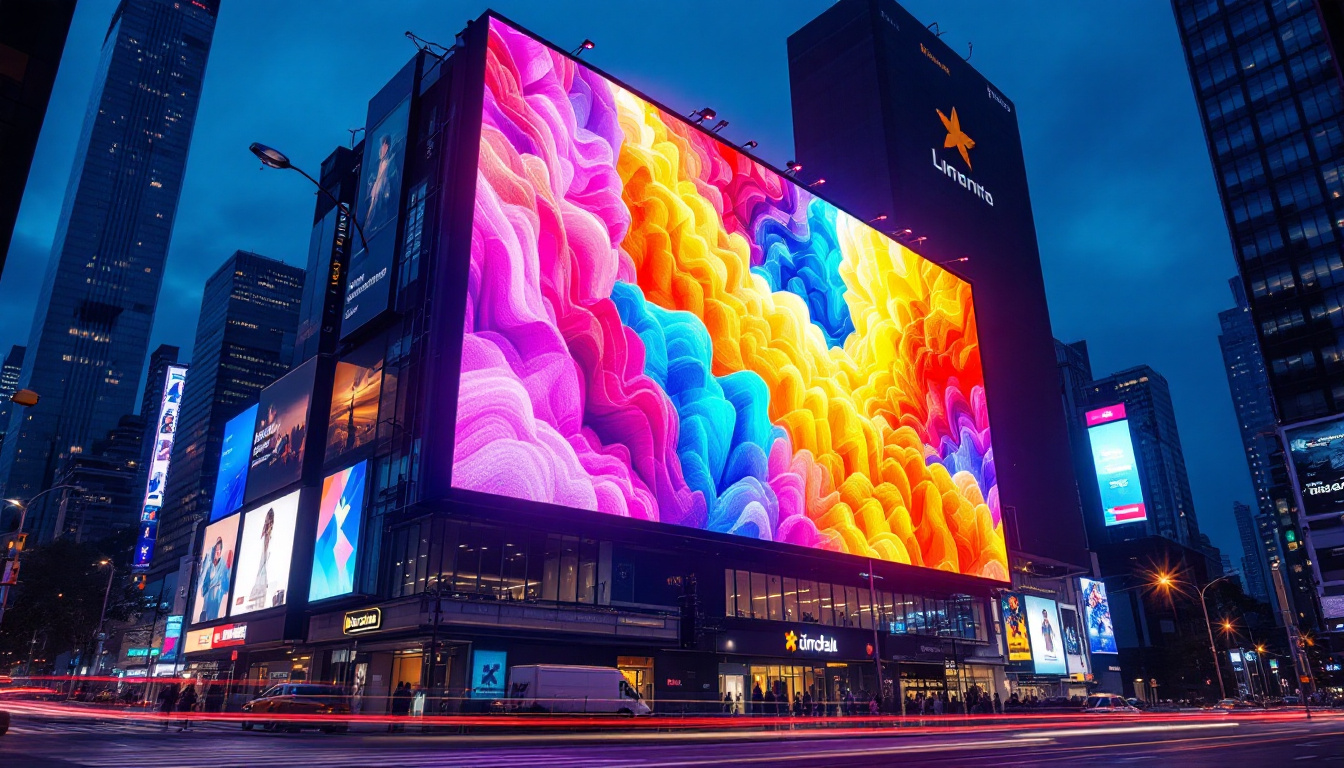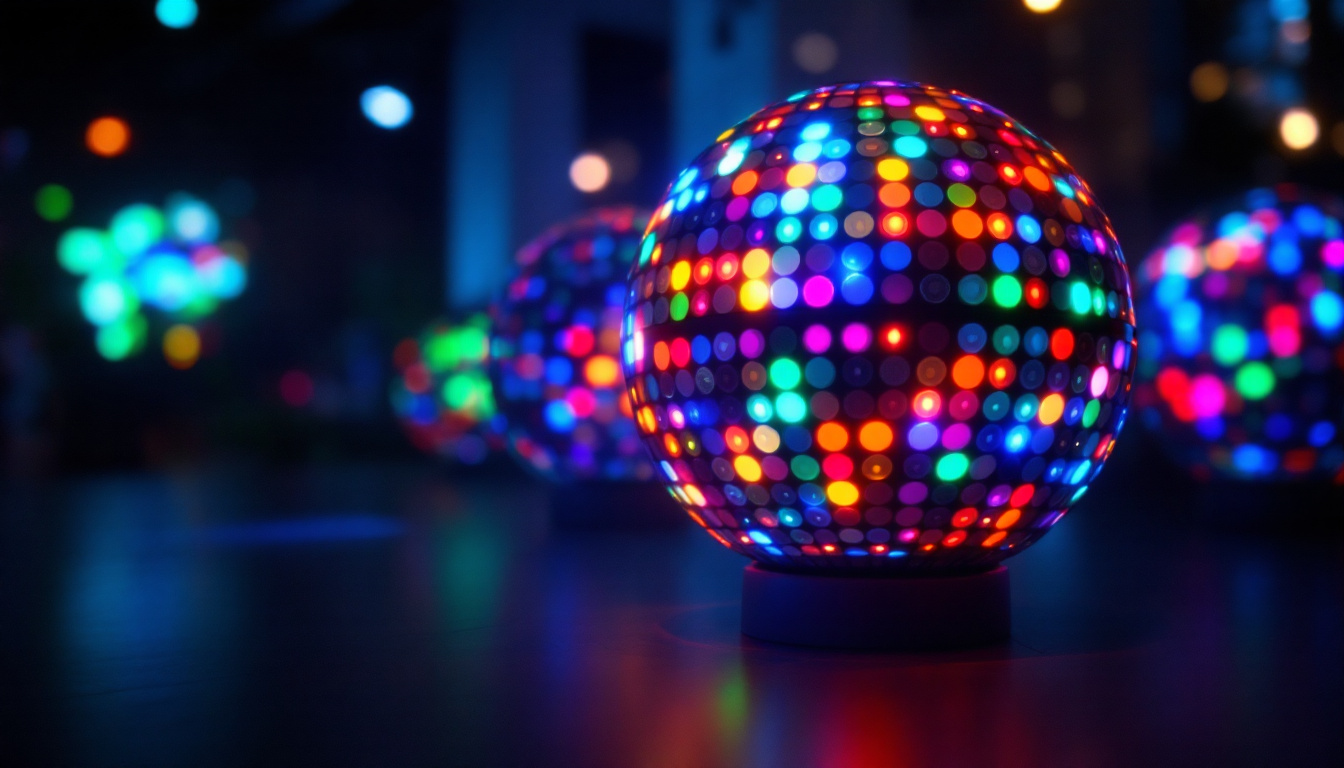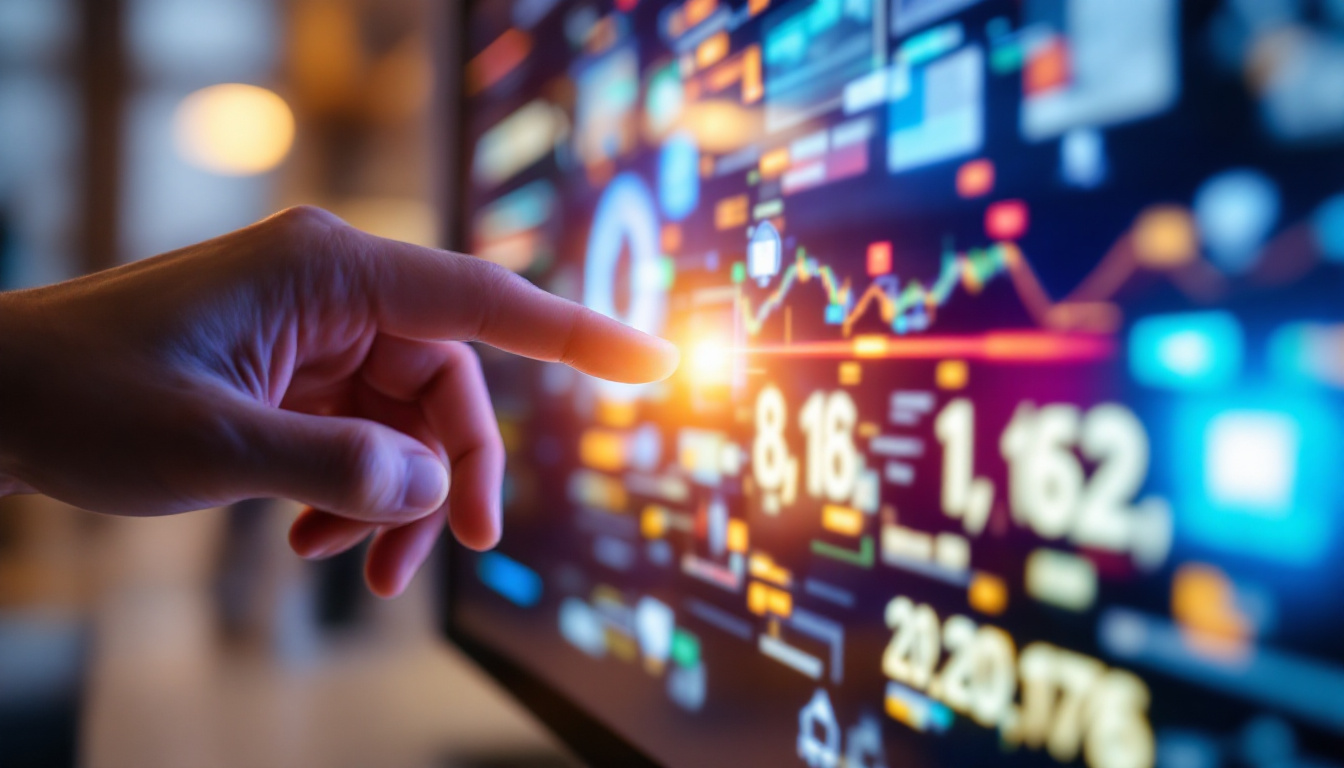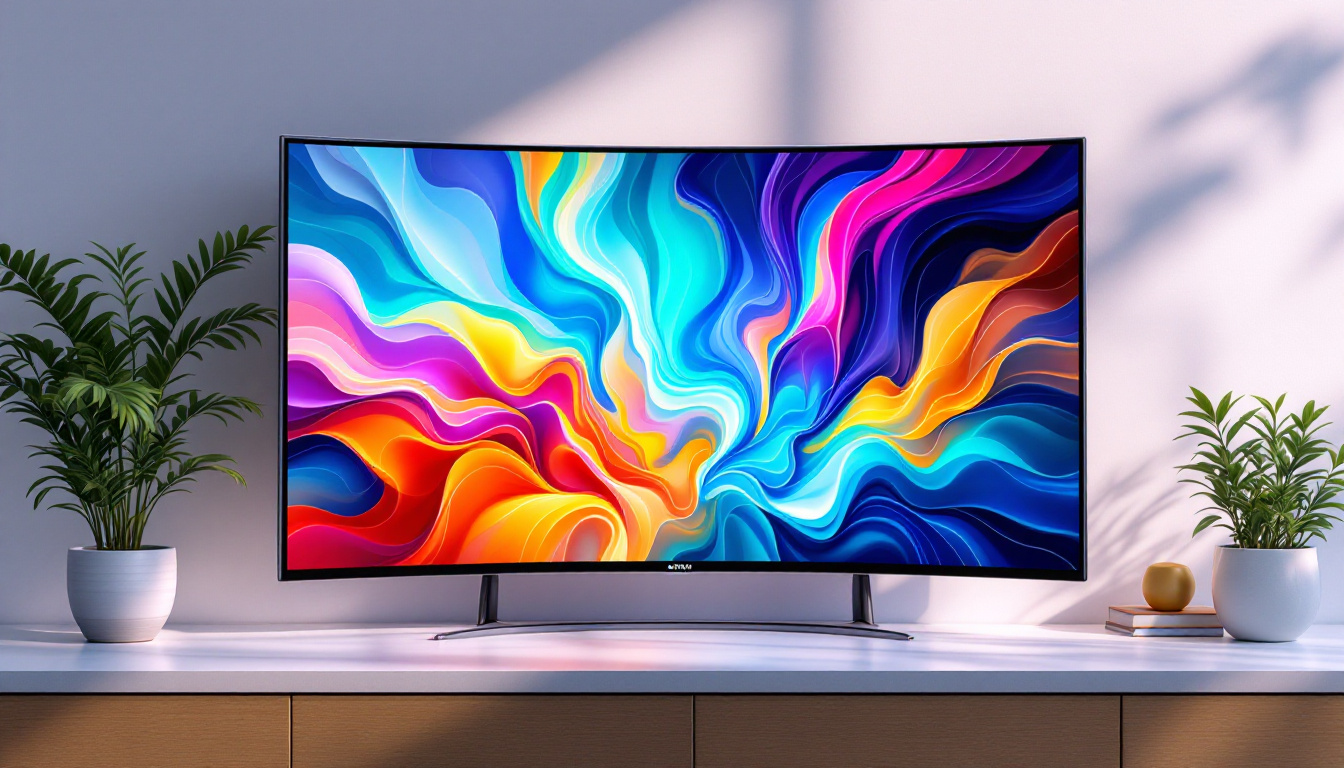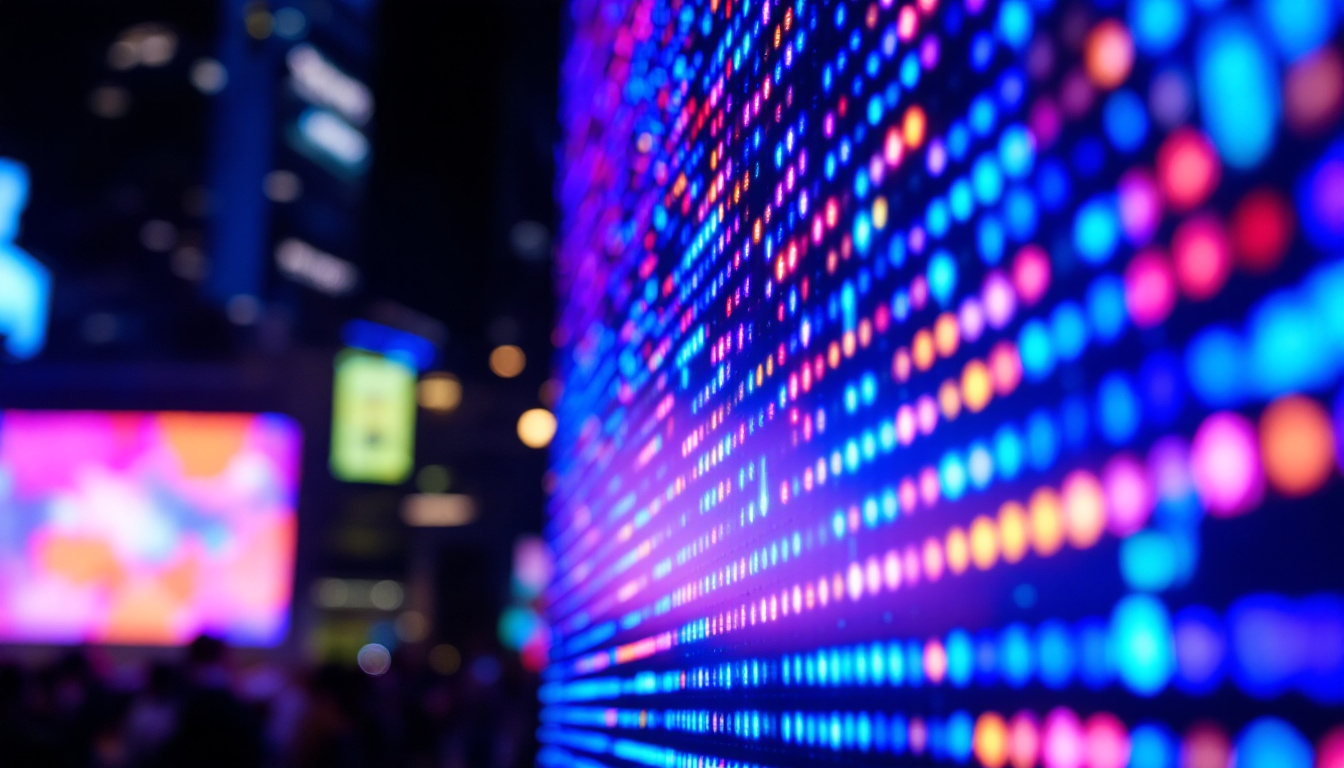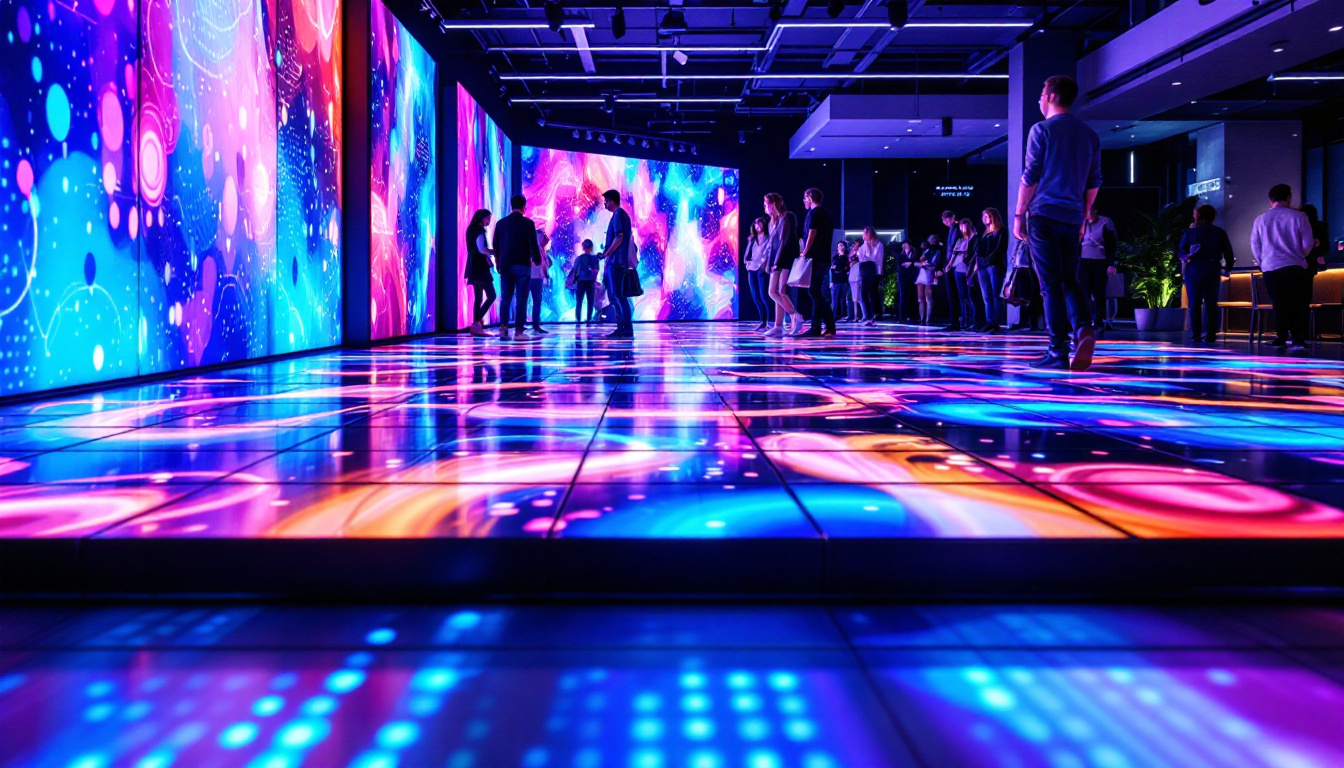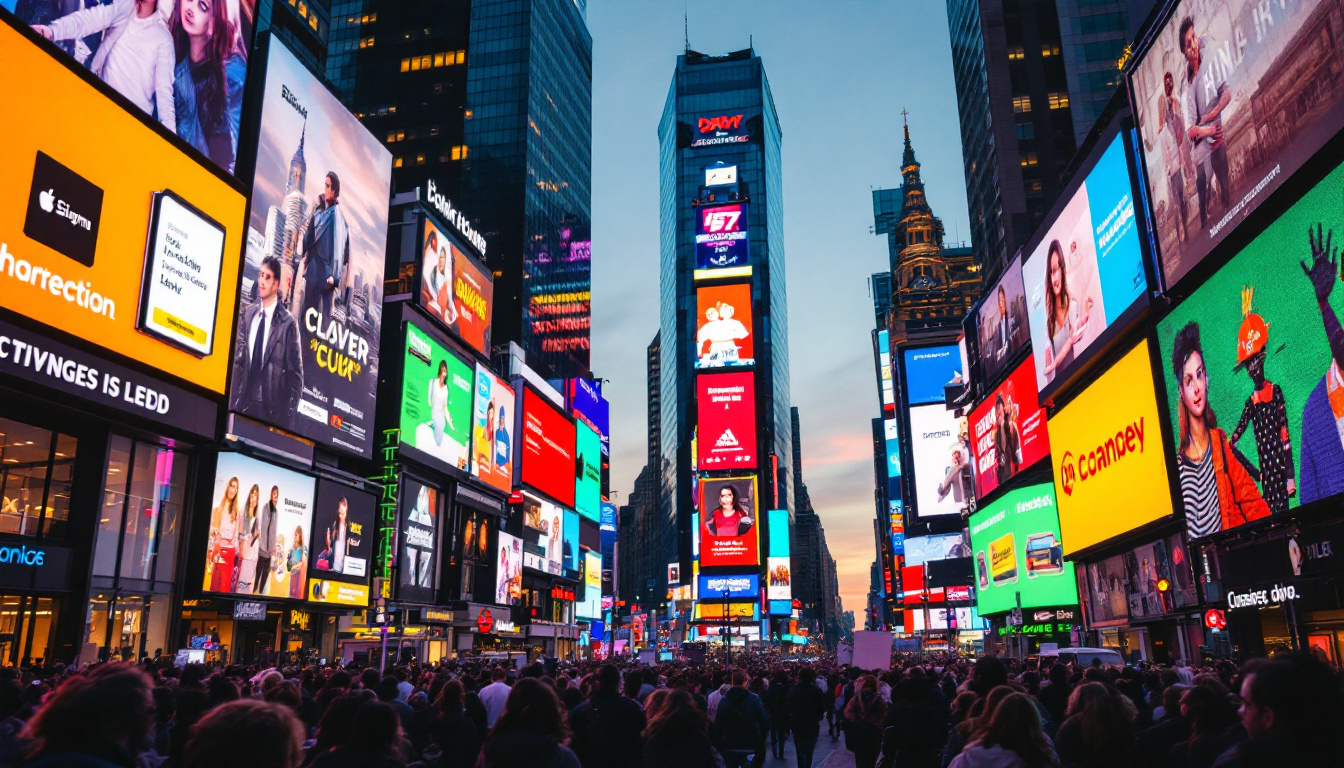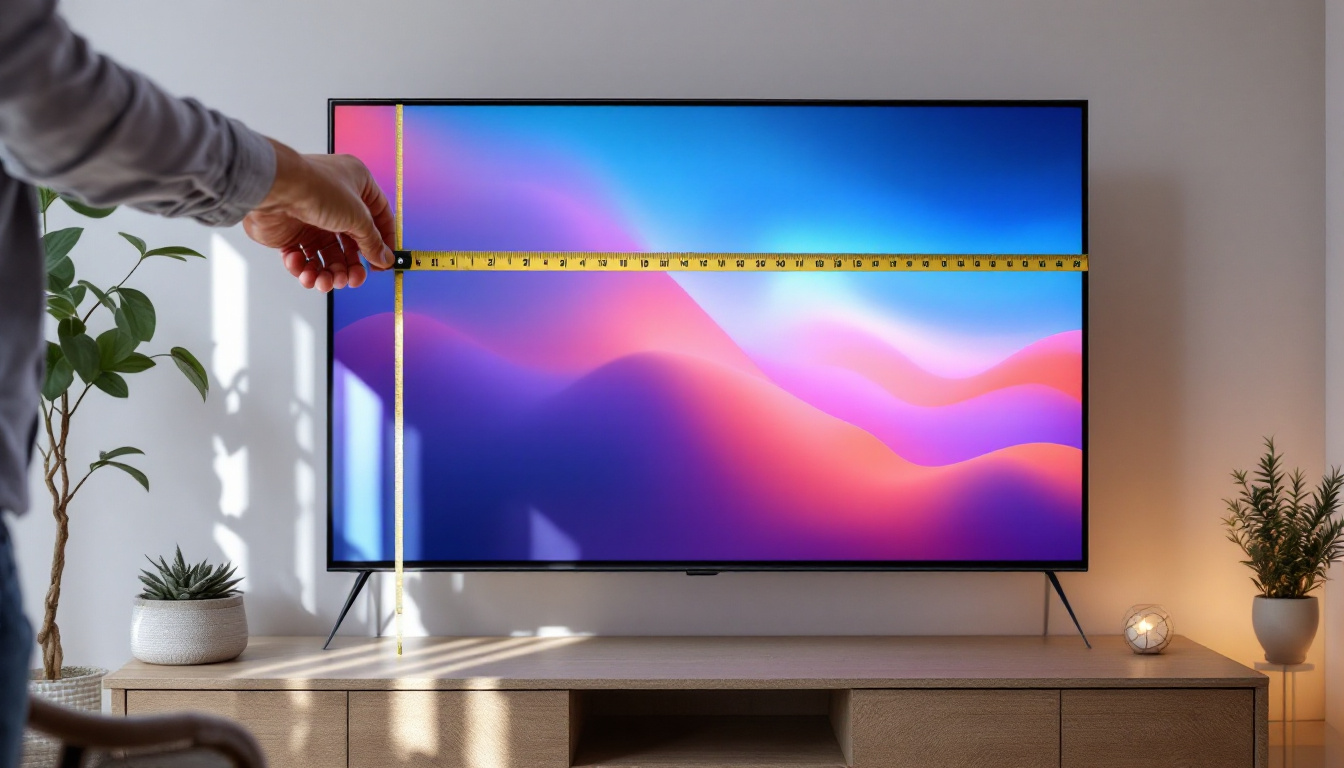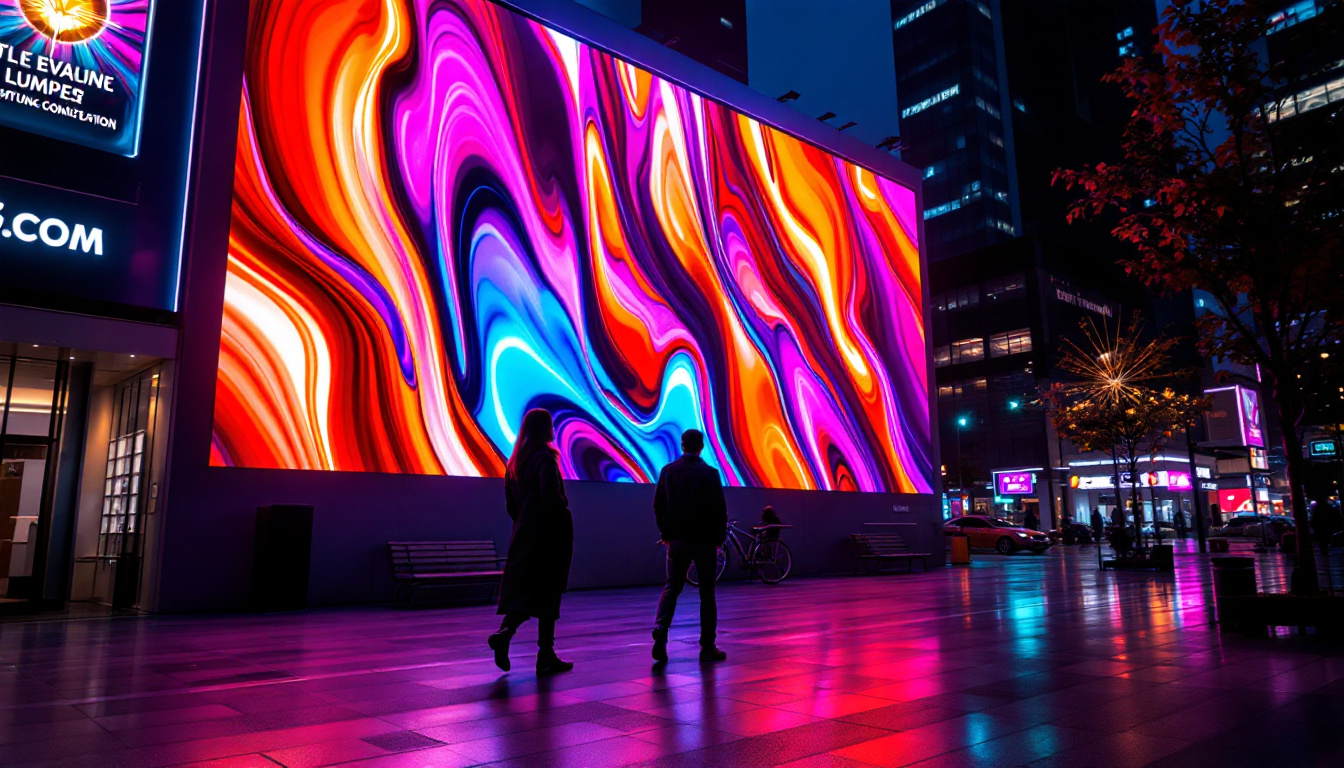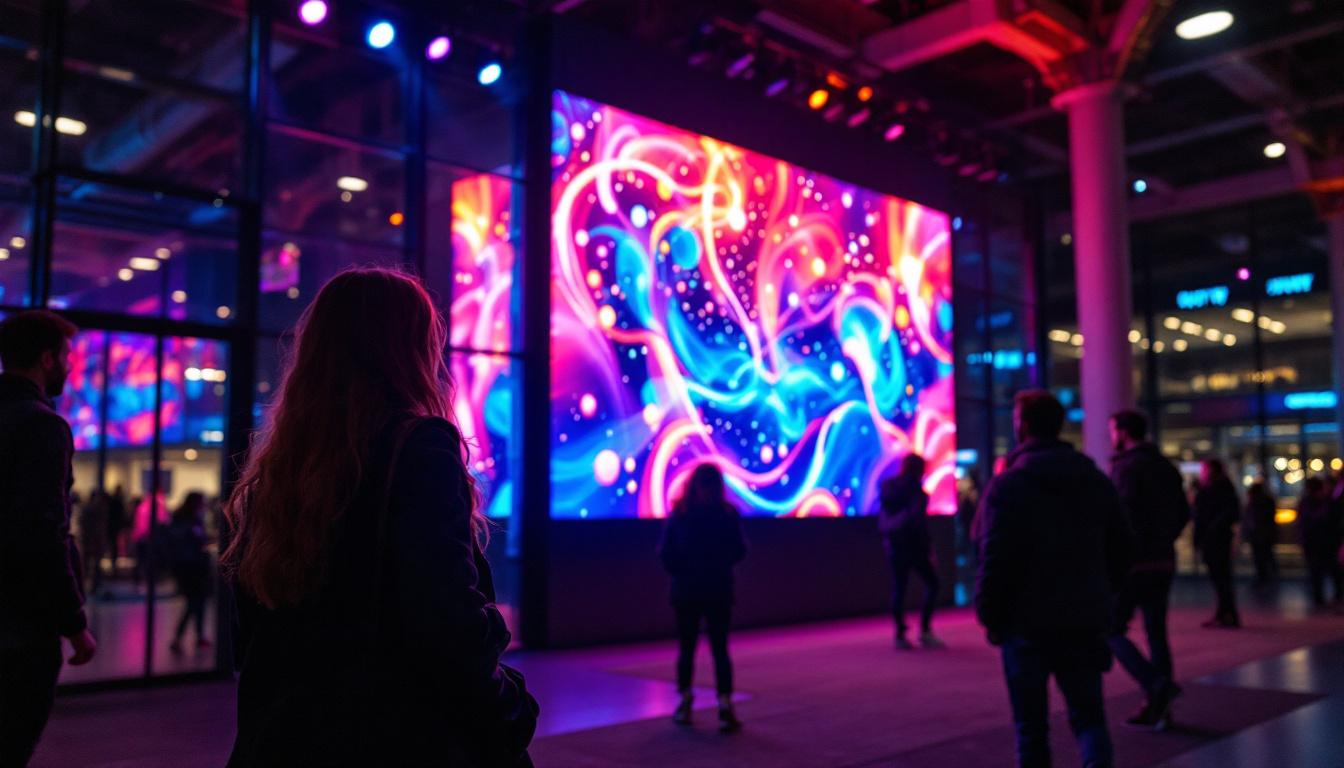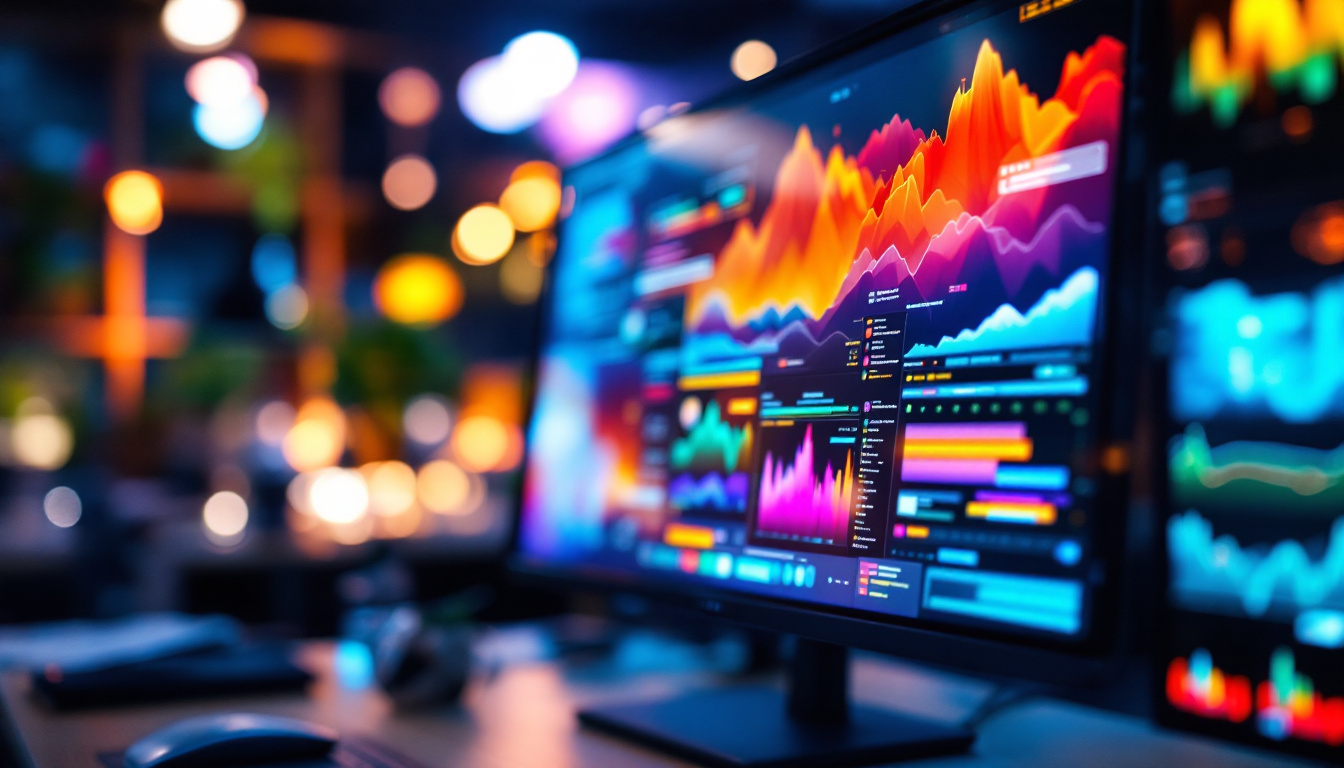In the modern world, visual communication has become increasingly important. From advertising to information dissemination, the way messages are displayed can significantly impact their effectiveness. One of the most revolutionary technologies in this field is LED (Light Emitting Diode) displays. This article delves into the intricacies of LED displays, exploring their functionality, applications, and advantages.
What is an LED Display?
An LED display is a flat panel display that uses light-emitting diodes as pixels for a video display. Unlike traditional displays that rely on liquid crystals or cathode ray tubes, LED displays offer a more efficient and vibrant way to present images and videos. These displays can be found in various formats, including large screens for advertising, smaller panels for indoor use, and even flexible displays for unique applications. The versatility of LED technology has revolutionized the way we consume visual content, making it an integral part of modern communication and entertainment.
How LED Displays Work
LED displays operate on the principle of electroluminescence. When an electric current passes through a semiconductor material, it emits light. This phenomenon allows LED displays to produce bright and colorful images with high contrast ratios. Each pixel in an LED display is made up of red, green, and blue (RGB) diodes, which can be combined in various intensities to create a full spectrum of colors. This capability not only enhances the visual experience but also allows for dynamic content that can be easily updated or changed, making LED displays particularly appealing for advertising and information dissemination.
The arrangement of these pixels can vary, leading to different types of LED displays. For instance, in a full-color LED display, each pixel contains three diodes (one for each color), while monochrome displays may only use a single color. The ability to control each pixel individually allows for dynamic content to be displayed, making LED technology ideal for video and animation. Additionally, advancements in technology have led to the development of high-definition and ultra-high-definition LED displays, which provide even more detail and clarity, further enhancing the viewer’s experience.
Types of LED Displays
LED displays can be categorized into several types based on their application and design. The most common types include:
- Indoor LED Displays: These are designed for use in environments with controlled lighting, such as shopping malls, conference rooms, and theaters. They typically have a higher pixel density, which allows for clearer images at closer viewing distances. Indoor displays are often used for presentations, advertisements, and entertainment, providing an immersive experience for audiences.
- Outdoor LED Displays: Built to withstand weather conditions, outdoor displays are often used for billboards and event signage. They are brighter than indoor displays to ensure visibility in direct sunlight. Outdoor LED technology has evolved to include features such as water resistance and enhanced durability, making them suitable for long-term use in various climates.
- Transparent LED Displays: These innovative displays allow for visibility through the screen while still displaying content. They are often used in retail environments to create eye-catching advertisements without obstructing views. This technology not only enhances the aesthetic appeal of storefronts but also provides a unique way to engage customers by blending digital content with the physical environment.
Another emerging type of LED display is the flexible LED display, which can be bent or shaped to fit various surfaces. This adaptability opens up new possibilities for creative installations, such as curved screens in modern architecture or wearable technology. As LED technology continues to advance, we can expect to see even more innovative applications that push the boundaries of how we interact with visual media.
Applications of LED Displays
The versatility of LED displays has led to their widespread adoption across various industries. Their applications range from advertising to entertainment, and even in public information systems.
Advertising and Marketing
One of the most prominent uses of LED displays is in advertising. Businesses leverage the vibrant colors and dynamic content capabilities of LED technology to capture the attention of potential customers. Digital billboards, for instance, can rotate multiple advertisements throughout the day, maximizing exposure without the need for physical signage changes.
Moreover, LED displays can be programmed to display real-time information, such as promotions or special offers, making them an effective tool for engaging consumers. Their ability to be updated remotely also allows businesses to adapt their marketing strategies quickly, responding to trends or events as they happen.
Entertainment and Events
In the entertainment sector, LED displays play a crucial role in enhancing the audience experience. Concerts, sporting events, and festivals often utilize large LED screens to broadcast live footage, graphics, and animations, ensuring that attendees can enjoy the event from any angle.
Furthermore, the flexibility of LED technology allows for creative installations, such as immersive environments where LED displays are integrated into the architecture of a venue. This innovation has transformed how audiences interact with performances, making events more engaging and memorable.
Public Information and Transportation
LED displays are also widely used in public information systems. From train stations to airports, these displays provide real-time updates on schedules, delays, and other essential information. Their high visibility and clarity ensure that travelers can easily access the information they need, improving overall efficiency in transportation systems.
Additionally, municipalities utilize LED displays for public announcements, emergency alerts, and community events, fostering better communication between local governments and citizens.
Advantages of LED Displays
The rise of LED displays can be attributed to several key advantages they offer over traditional display technologies. Understanding these benefits can help businesses and organizations make informed decisions when investing in visual communication solutions.
Energy Efficiency
One of the most significant advantages of LED displays is their energy efficiency. Compared to traditional lighting technologies, LED displays consume considerably less power, translating to lower operational costs. This energy efficiency is particularly beneficial for businesses that operate large outdoor displays, as it can lead to substantial savings over time.
Moreover, many LED displays are designed to be environmentally friendly, with longer lifespans and reduced waste compared to other technologies. This sustainability aspect is becoming increasingly important for companies looking to enhance their corporate responsibility efforts.
Brightness and Visibility
LED displays are known for their exceptional brightness, making them suitable for various lighting conditions. Outdoor LED displays, in particular, are engineered to be visible even in direct sunlight, ensuring that messages are effectively communicated regardless of the environment.
This high level of visibility contributes to the effectiveness of advertising and public information displays, as audiences are more likely to engage with content that is easy to see and read. The ability to adjust brightness levels also allows for optimal viewing experiences in different settings.
Durability and Longevity
LED displays are built to last. Their robust construction makes them resistant to damage from environmental factors, including moisture, dust, and temperature fluctuations. This durability ensures that LED displays can operate effectively in various conditions, reducing maintenance costs and downtime.
Additionally, LED technology has a longer lifespan compared to traditional display technologies. Many LED displays can last for over 100,000 hours, making them a worthwhile investment for businesses looking for long-term solutions.
Challenges and Considerations
While LED displays offer numerous advantages, there are also challenges and considerations that potential users should keep in mind. Understanding these factors can help in making informed decisions regarding the implementation of LED technology.
Initial Investment Costs
The initial cost of purchasing and installing LED displays can be a significant barrier for some businesses. Although prices have decreased over the years, high-quality LED displays can still represent a substantial investment. Organizations must weigh the long-term benefits against the upfront costs to determine if LED technology is the right choice for their needs.
However, it is essential to consider the total cost of ownership, including energy savings and reduced maintenance costs, which can offset the initial investment over time.
Technical Expertise
Implementing LED displays may require specialized technical expertise, particularly for installation and maintenance. Organizations without in-house capabilities may need to hire external professionals, which can add to the overall costs.
Additionally, as technology continues to evolve, staying updated with the latest advancements in LED displays can be challenging. Businesses must be prepared to invest in training and support to maximize the benefits of their LED technology.
The Future of LED Displays
The future of LED displays looks promising, with ongoing advancements in technology and applications. As industries continue to seek innovative ways to engage audiences, LED displays are likely to play a central role in shaping visual communication.
Emerging Technologies
One of the most exciting developments in the LED display market is the emergence of microLED technology. MicroLED displays consist of tiny individual LEDs that can create high-resolution images with unparalleled brightness and color accuracy. This technology has the potential to revolutionize not only large-scale displays but also consumer electronics, such as televisions and smartphones.
Additionally, advancements in flexible LED technology are paving the way for creative and unconventional applications. Flexible LED displays can be bent and shaped to fit various surfaces, allowing for innovative designs in advertising and architecture.
Integration with Smart Technologies
As the Internet of Things (IoT) continues to expand, the integration of LED displays with smart technologies is becoming increasingly prevalent. This integration allows for real-time data sharing and dynamic content updates, enhancing the overall effectiveness of visual communication.
For instance, LED displays can be connected to social media platforms, allowing businesses to showcase user-generated content or live feeds. This interactivity can significantly enhance audience engagement, making LED displays an even more powerful tool for communication.
Conclusion
LED displays have transformed the way information is communicated, offering vibrant, energy-efficient, and durable solutions for various applications. From advertising to public information systems, the versatility of LED technology makes it an invaluable asset in the modern world.
As advancements in technology continue to emerge, the potential for LED displays will only grow. Businesses and organizations that embrace this innovative technology will not only enhance their visual communication strategies but also stay ahead in an increasingly competitive landscape.
In summary, understanding the functionality, applications, and advantages of LED displays is crucial for making informed decisions in today’s visually driven society. The future of LED technology is bright, and its impact on communication will undoubtedly continue to evolve.
Discover Cutting-Edge LED Solutions with LumenMatrix
Ready to elevate your visual communication strategy with the latest in LED display technology? Look no further than LumenMatrix, a pioneer in crafting immersive LED experiences. From dynamic Indoor and Outdoor LED Wall Displays to innovative solutions like Vehicle LED Displays, LED Posters, and Transparent LED Displays, LumenMatrix offers a wide array of options tailored to your unique needs. Embrace the future of engagement with our Custom, All-in-One, and Floor LED Displays, designed to captivate your audience and amplify your message. Check out LumenMatrix LED Display Solutions today and transform the way you connect with the world.

